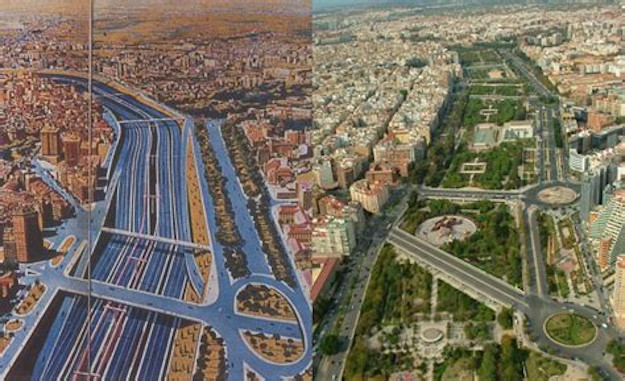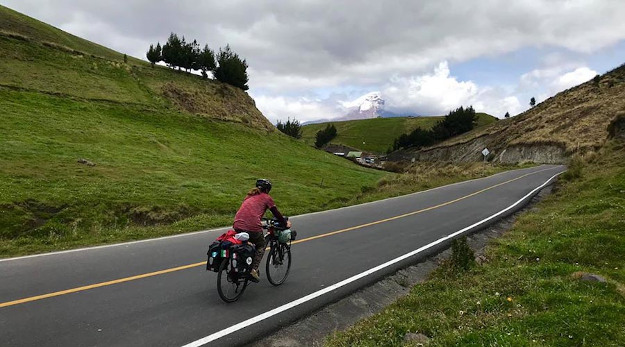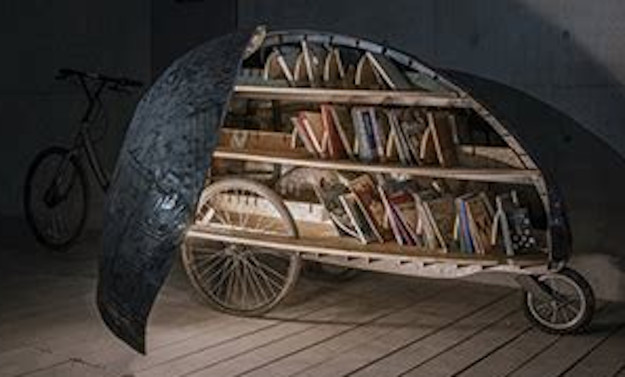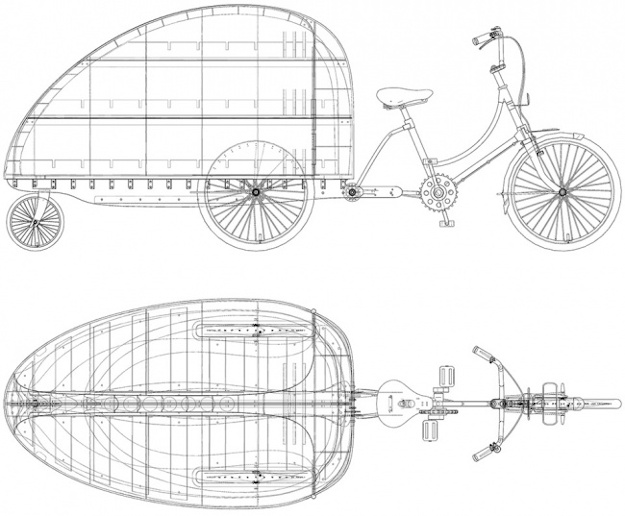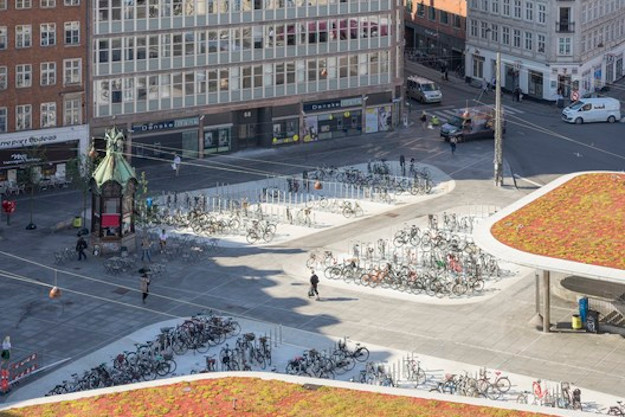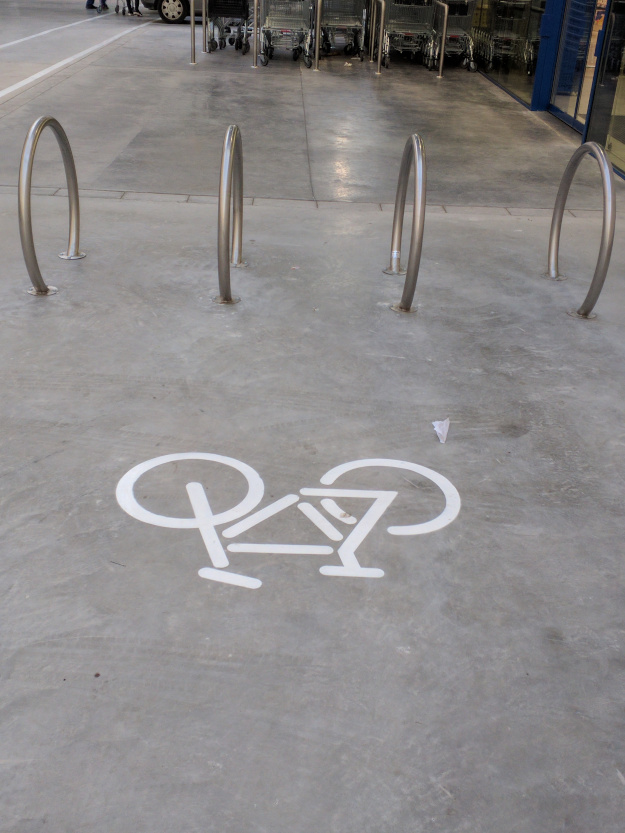It is said that bikebuses started in Brussels, Belgium, in 1998. But what is a bikebus? It is a secure and organized way to go to school by bicycle. It travels the neighborhood and makes stops in previously determined spots in order to allow bikers to sum to the bikebus, similarly as buses do. At the start there are only a few bikers, but the more pedaling and stops, the more riders. Thus, a pack of cyclists arrives at school. Participants share experiences, learn existence, increase their social skills and improve road safety knowledge while pedaling. Additionally, they start the day with extra energy. As it comes to the city, it is more quiet, secure and clean. Regarding children, a bikebus contributes to make independent, healthy and caring adults.
In Spain, bikebuses started more than a decade ago, but the boom was in Vic in 2020 when the teacher and mother Helena Villardel plus the associations Canvis en Cadena and Osona amb Bici agreed to create one. It was replicated in Barcelona almost instantly where they recorded a 11 seconds video and uploaded to Twitter. It was shared around the world and soon TV channels showed it. As a result, eleven bikebuses ran on Barcelona with more than 700 people every Friday in 2022.
Today, you can find bikebuses in Vienna, London, Melbourne, Washington, San Francisco, Mexico, Vancouver, Brooklyn, Bombay, Portland, Glasgow, Philadelphia, Santiago de Chile and Galway to name a few. To create a bikebus is needed to have five or six families who support a new one, determine the route and start pedaling. At the beginning, it will be a small bikebus, but the more children see it, the bigger bikebus. Parents will join it when their children want it. This is very important if the route crosses avenues and your city is dominated by cars. Adults block perpendicular streets as in the Critical Mass and police may help to do this task.
As Francesco Tonucci wrote in his book The city of children: If there are children playing in streets, it means the city is healthy. If not, it is ill”
